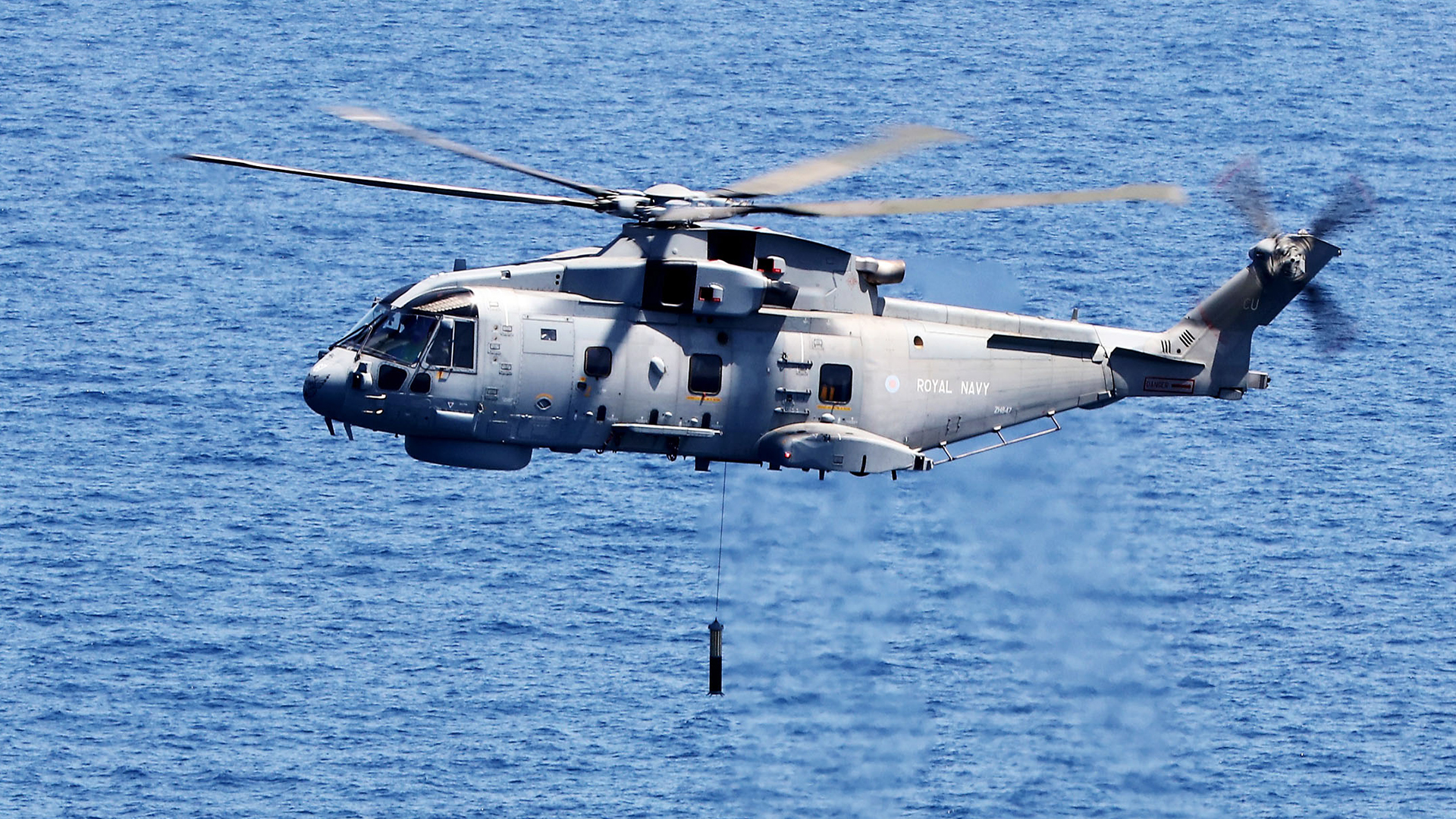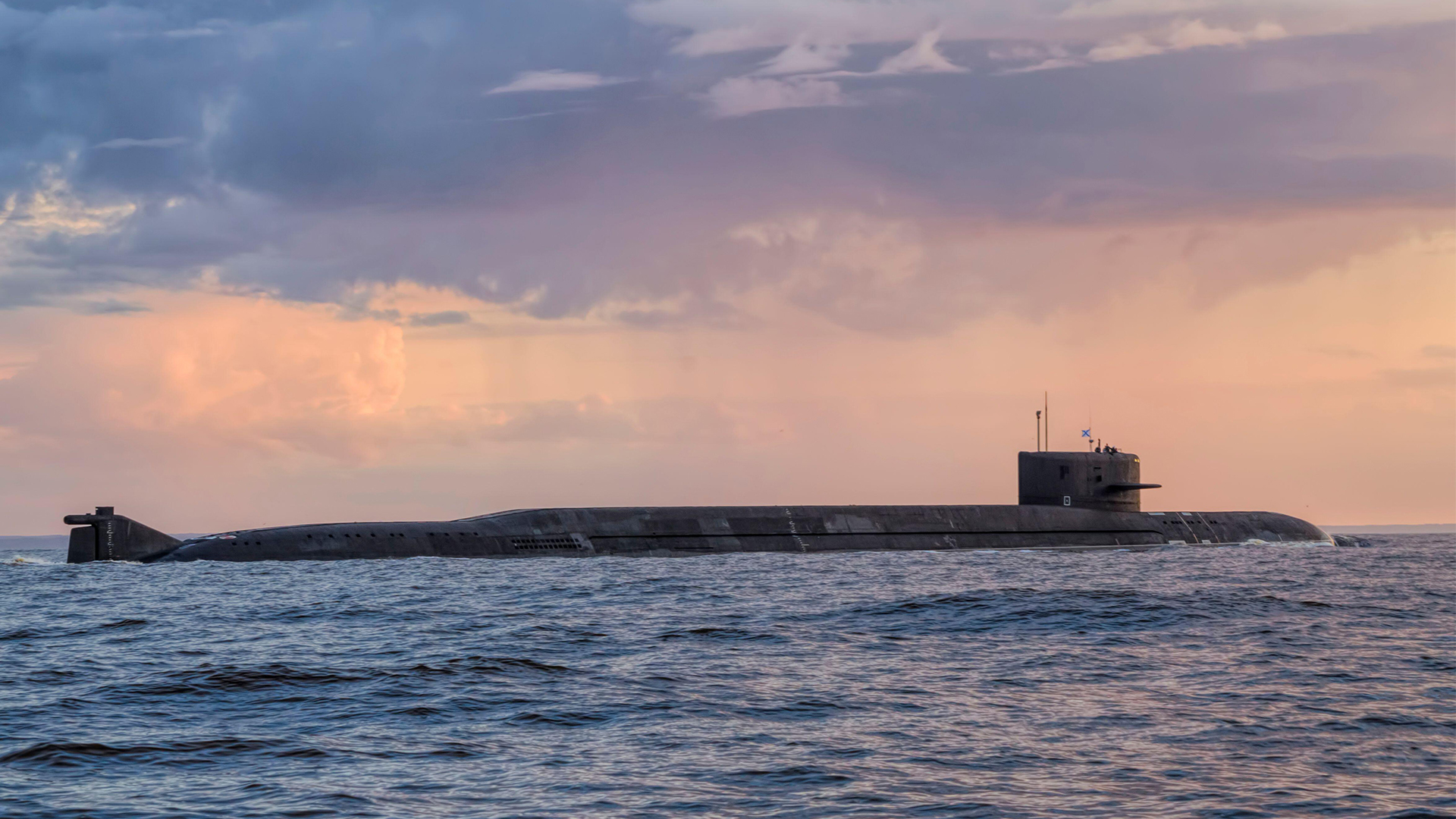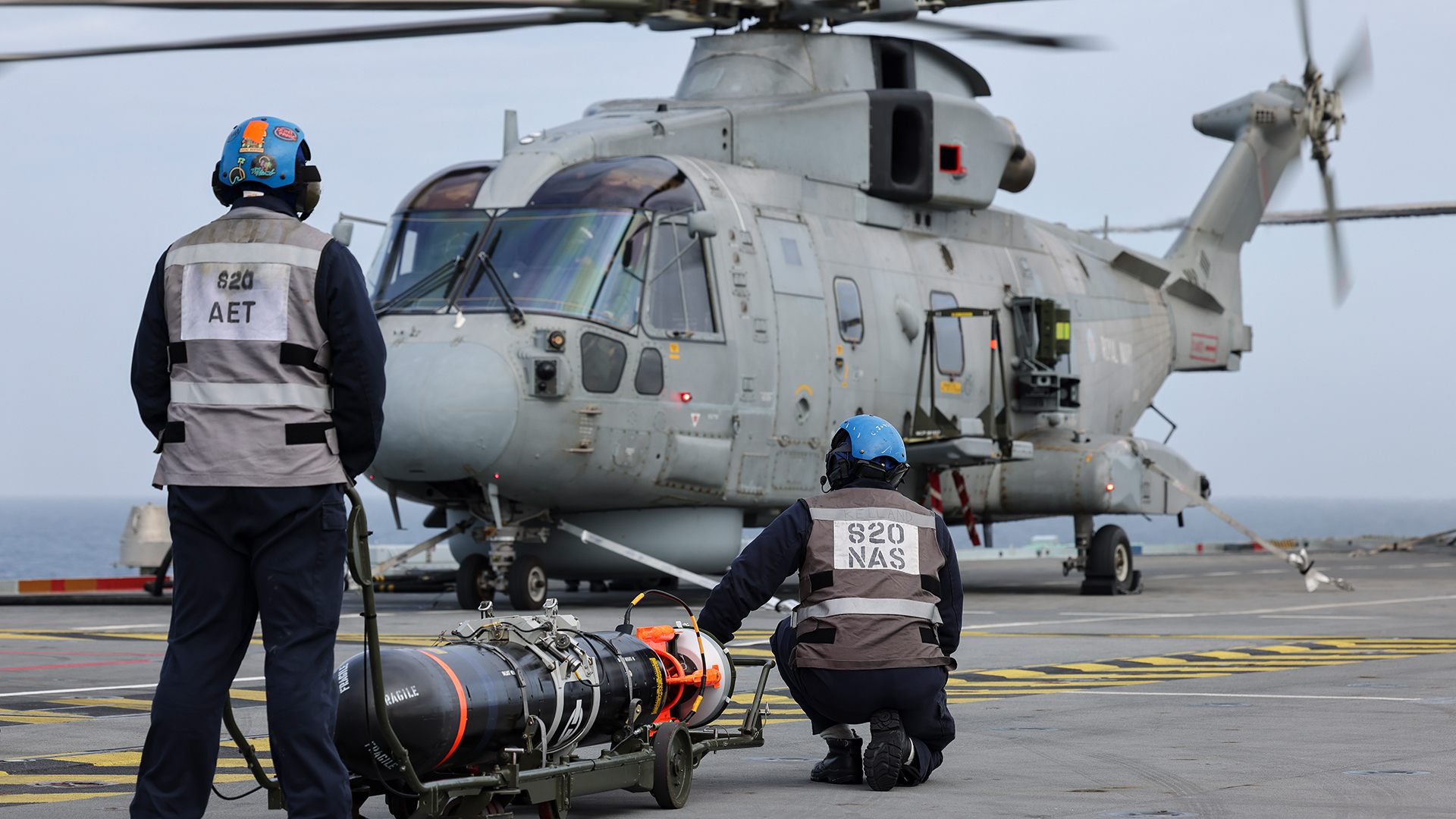Russian submarine threat resurfaces: How Nato works to track them down
Above water, Russian submarines are an easy spot, but below the waves it's quite a bit harder.
The North Atlantic is a key strategic area for Nato and the alliance needs to know where Russian submarines are and what they’re doing.
But tracking movements under this ocean is, and always has been, difficult.
P-8 Poseidon
It takes a variety of assets from alliance nations to track what's going on, from space to the seabed.
The Boeing P-8 Poseidon is at the forefront of monitoring Russian sub-sea activities.
This maritime patrol and reconnaissance aircraft is used by the US, the UK, Norway and now Germany.
It's a highly effective anti-submarine platform. Sonobouys can be dropped from the plane. They're typically around five inches in diameter and three feet long.

When floating on the water, sonobuoys have both a radio transmitter above the surface and hydrophone sensors underwater.
They provide an enhanced UDA – Undersea Domain Awareness.
They're a really effective means to detect, locate and track submarines and other underwater threats.
A Poseidon can then send the information it's gathered to whoever needs it – using satellite communications.

Cold War threat emerges again
Another airborne asset used by the UK is the Merlin Mk2 helicopter, which can also deploy sonobuoys.
None of this though is new tech. A training film from 1985 showed a Royal Navy Sea King helicopter carrying out a similar drill.
In fact a lot of the techniques for tracking submarines date back to the Cold War era.
While Nato was worrying about the Soviets invading Western Europe, there was a similar concern about Soviet activities under the sea.
SOSUS – or Sound Surveillance System – was developed. This was a series of fixed seabed sonar arrays.
There was even on in the GIUK gap – between Greenland, Iceland and the UK.
But with the end of the Cold War, static systems were out of favour as well as need.

Going mobile
We relied on movable detection systems instead, like the Taps (Towed Array Patrol Ship) system.
The UK's Type 23 frigates can deploy in this configuration.
It works by the frigate deploying a cable, along which at various intervals are hydrophones.
They're listing for the submarines and are spaced to allow a basic triangulatio – the plotting of the target sub's location – to be possible.
The cable may be several kilometres long because it needs to get away from the noise of the ship's own engines to listen more effectively for any submarine activity.
It's a tried and tested method – and more likely than not it's happening right now somewhere in the North Atlantic.

Old tactics merged with new
Since the return of active Russian aggression, there's an increasing belief that Nato nations have brought back some of the fixed detection systems that had been discarded.
For example, in 2022, the Danish government committed to reinstating a closed Nato early warning station in the Faroe Islands.
And investigations into some US defence purchases point to a SOSUS-type system being utilised.
Then there are the huge developments in autonomous systems – which surely must come into play in this area.
There's even talk of autonomous sailing drones – which would be silent – becoming available to search for the submarines.
All of which points to the renewed and ever-increasing need to track the opposition under the waves.









